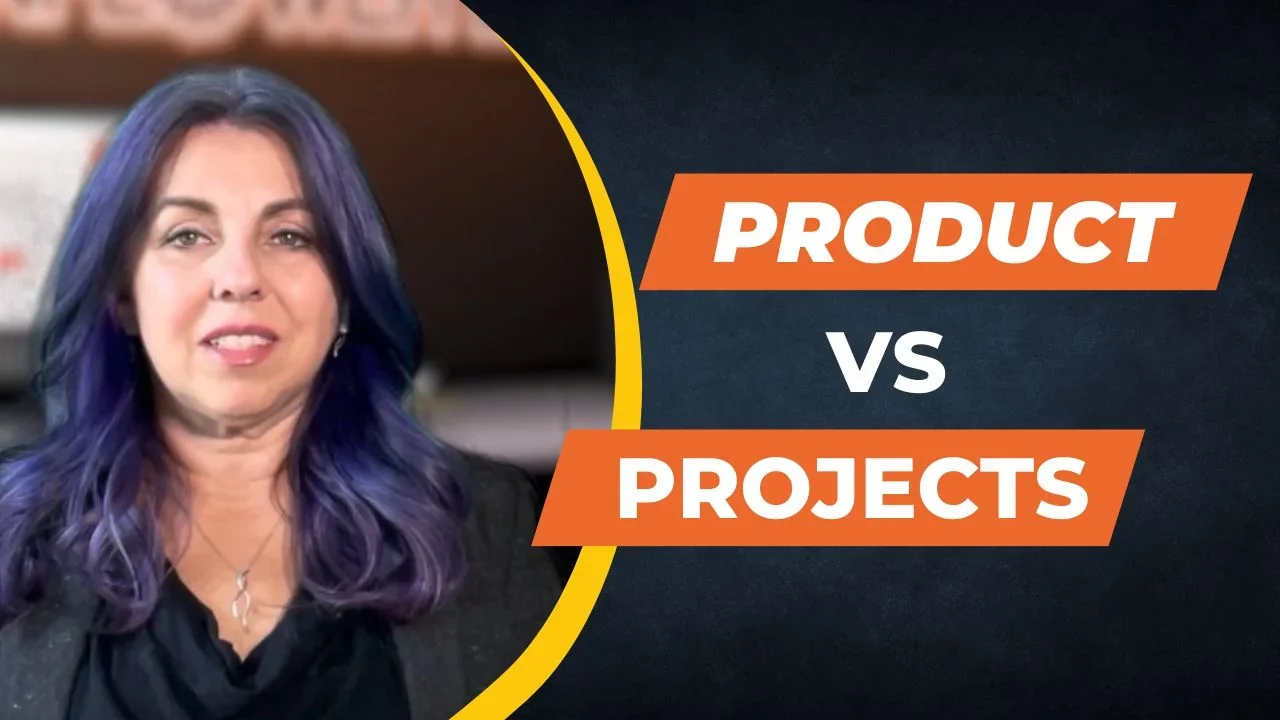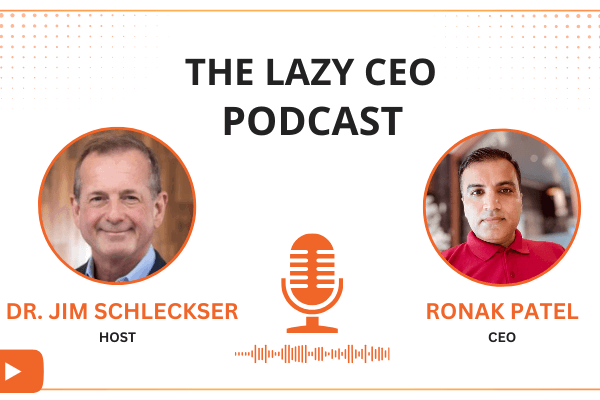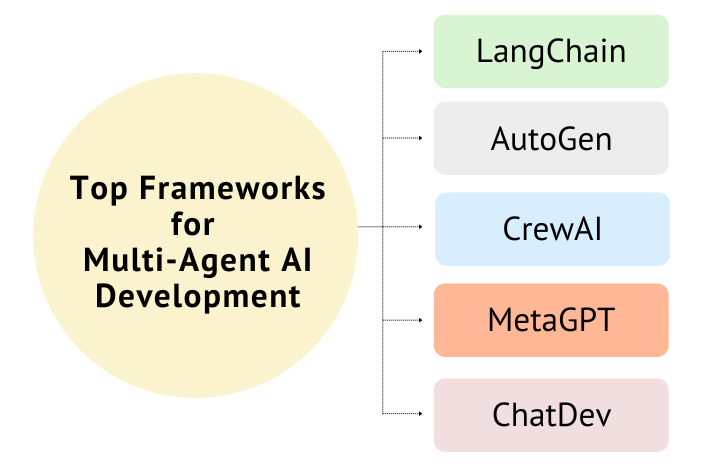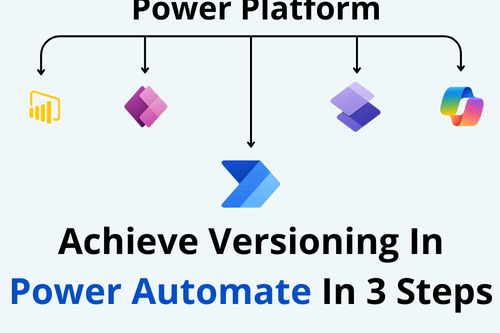Choosing the Right Mindset
In the world of product development, there are two main mindsets: the product mindset and the project mindset. While both approaches aim to create successful products, they differ in their focus, life cycle, and knowledge base. In this post, we’ll take a closer look at the differences between these two mindsets and how they can impact your development process.
Understanding the Product and Project Mindsets
The product mindset is all about the outcome: the product itself. The focus is on delivering a product that’s useful, enjoyable, and meets the needs of the customers. The life cycle of a product is ongoing and iterative, constantly evolving and growing as the market and user’s needs change. This approach requires a living knowledge base that retains and builds on the knowledge gained during the development process. Maintenance is also a critical part of product development, as bugs and issues are fixed by the same team that built the product.
On the other hand, the project mindset tends to focus on the output: how much work is being delivered, and whether it’s being delivered on time. The life cycle of a project is limited to a start, middle, and end, and the knowledge base is often packaged and handed over to a maintenance team. As a result, the knowledge base becomes stale, making it harder to maintain and fix issues.
Quality over Quantity
A Closer Look at the Outcome vs. Output Approach
The difference between the product and project mindsets ultimately comes down to quality over quantity. While the project mindset may be more focused on delivering work quickly, it often sacrifices quality in the process. The product mindset, on the other hand, prioritizes the quality of the product and the user experience, even if it means taking longer to develop and release.
Also, with the product approach, you have a dedicated team working on the product they have developed. In the project mindset on the other hand, once the project is done the team moves on. If there are problems later, someone else has to deal with it and this becomes more
complex and less effective as the team that built the product would be more capable and quicker with a solution.
Why Product Midset Over Project Mindset?
According to a Gartner survey, the need for rapid delivery has made 32% of businesses adopt a product-centric application approach as their main strategy.
Executives should focus more on the final product rather than side projects. Simply put, products tend to last longer than projects. The key is to build stable and consistent teams. Focus on the outcomes teams deliver, not just the output.
Give teams the autonomy and responsibility to create strategies they believe will lead to the best product for your clients. Encourage teams to take on work they’re interested in, rather than assigning it to them.
The drawback with a project-oriented mindset is how it shapes your approach to business. You end up seeing things from a perspective that’s often not what’s needed. This mindset usually doesn’t match the one necessary for success and tends to add the least value in a new environment.
Adopting a product mindset involves concentrating on business results like user retention, adoption rates, and how much money each feature saves or earns. This strategy results in more regular updates, less wasted effort, and more creativity.
Conclusion
By understanding the differences between the product and project mindsets, you can make more informed decisions about your development process. While the project mindset may work in some cases, it’s important to prioritize the quality and user experience of your product.
By adopting a product mindset and focusing on the ongoing life cycle and living knowledge base, you can create products that meet the needs of your customers and stand the test of time.
You might also like
Stay ahead in tech with Sunflower Lab’s curated blogs, sorted by technology type. From AI to Digital Products, explore cutting-edge developments in our insightful, categorized collection. Dive in and stay informed about the ever-evolving digital landscape with Sunflower Lab.









